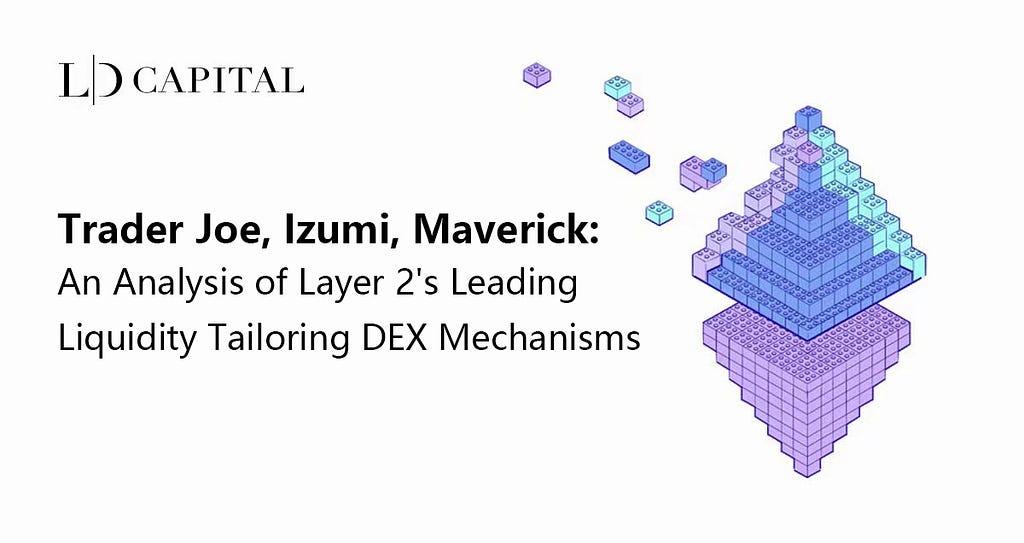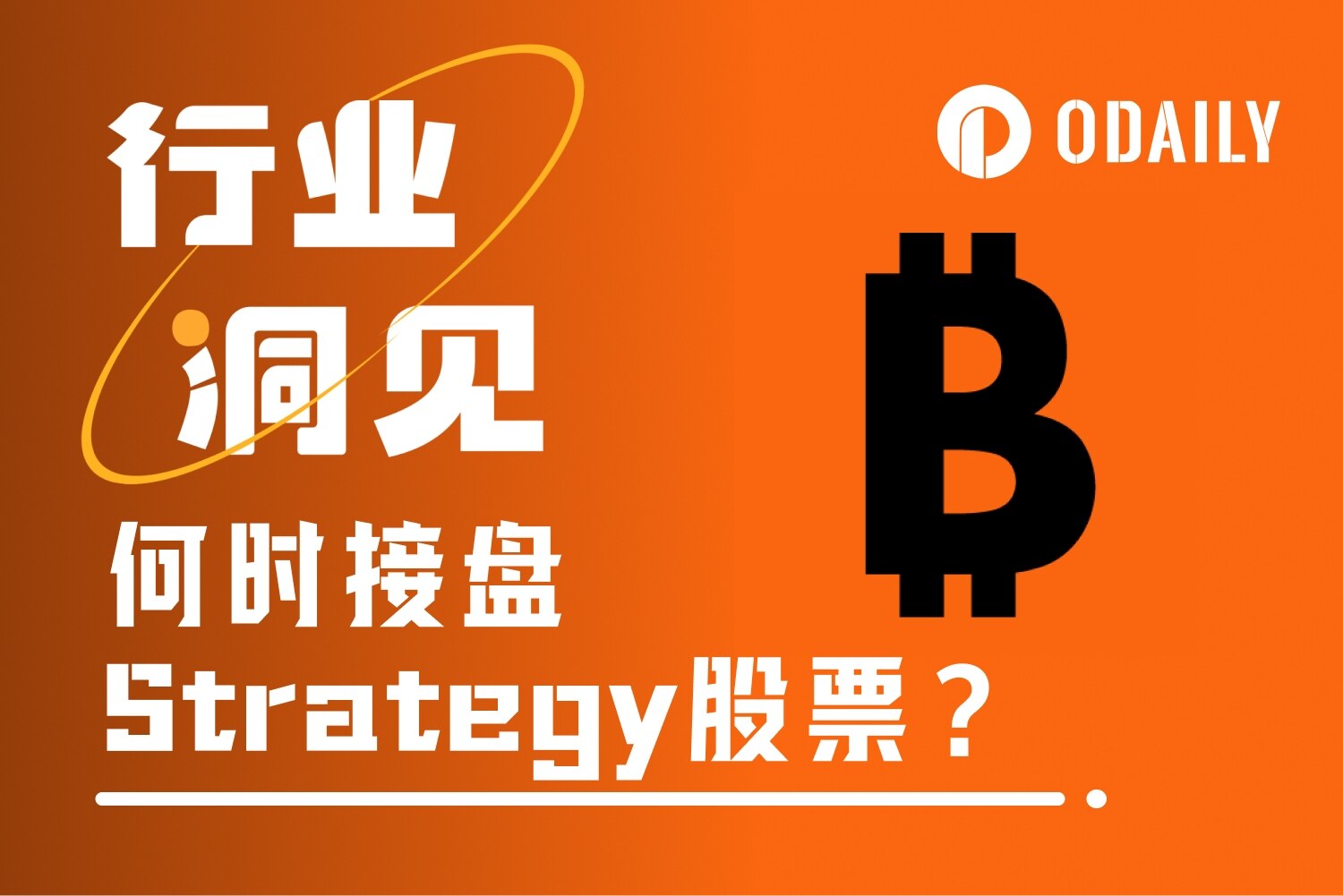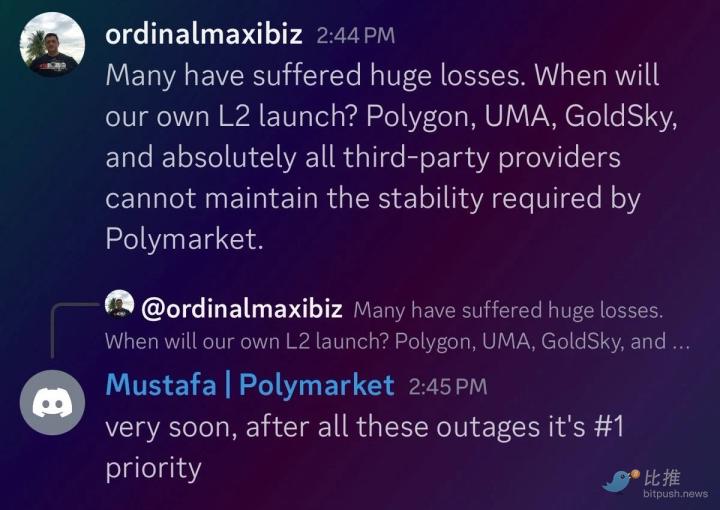
Introduction
With the expiry of Uniswap V3’s license, numerous fork projects from Concentrated Liquidity Automated Market Makers (CLMMs) have started to emerge. These ‘Uni v3-Fi’ projects include Dexes (either pure forks of V3 or strategies that customize pricing ranges based on V3), yield enhancement protocols (such as Gammaswap), and various options and other protocols aimed at addressing the issue of impermanent loss in V3. This article primarily discusses Dexes like Trader Joe v2, Izumi Finance, and Maverick Protocol, which optimize strategies based on pricing ranges in V3.
The Issue with Uniswap V3
In Uniswap V3, liquidity is concentrated within specific price ranges. This means that if the price of an asset deviates from this range, an “impermanent loss” (IL) can occur. An impermanent loss is a loss suffered by liquidity providers (LPs) in the AMM relative to simply holding the assets. When the price deviates from the range chosen by the LPs, the impermanent loss may significantly increase, even exceeding the loss of the original assets.
The IL risk is greater in Uni v3 due to concentrated liquidity. Part of this explanation involves the ‘gamma’ concept in options from Greek letters. Gamma refers to the rate of change of the price of an asset relative to the change in Delta value. When Gamma is high, it indicates that Delta is highly sensitive to price changes in the asset, requiring timely position adjustments to avoid potential losses. This is known as Gamma risk. Without considering time, it can be said that as the volatility of the underlying asset increases, the price of the option also increases as higher volatility increases the probability of realizing a profit. Therefore, the market demands a higher price for such options.
When the asset volatility is high, the gamma risk and the impermanent loss borne by LPs are also high, necessitating higher compensations for impermanent loss. Hence, AMM can be viewed as embedding a perpetual options market, with LPs exposed to gamma risk, enduring the risk of impermanent loss in exchange for transaction fees or mining rewards.
To address this challenge, LPs need to closely monitor the prices of the assets they provide and take timely actions such as withdrawing liquidity and reallocating funds to new price ranges to mitigate the impact of impermanent loss. However, this process is time-consuming, incurs additional gas fees, and carries the risk of incorrectly setting price ranges.
Furthermore, Uniswap V3 faces other issues. For instance, the concentration of liquidity within specific price ranges can lead to liquidity fragmentation, increasing transaction costs. In addition, due to frequent asset price changes, LPs need to constantly adjust and manage, which can be challenging for those engaged in large-scale and frequent trading.
Therefore, while Uniswap V3 can offer higher fees and annualized returns, LPs need to balance these potential challenges and risks. Solutions to the problems inherent in Uniswap V3 can be classified into the following categories: optimization against impermanent loss, tool optimization for the best LP market-making schemes (providing diverse liquidity-adding choice tools for different risk preferences), and strategy optimizations built in for enhancing LP NFT yield.
This article will focus on analysing three DEX projects that optimize LP market-making schemes: Trader Joe, Izumi, and Maverick.
Trader Joe v2
The most significant enhancement in Trader Joe V2’s Liquidity Book (LB) over Uniswap V3 is the introduction of the “Bin” concept, enabling a strategic approach to liquidity distribution. A “Bin” is a price range that serves as a unit of liquidity distribution. In the Liquidity Book, liquidity is divided into discrete “Bin” units. The liquidity within each bin is exchanged at a fixed rate. This allows liquidity providers to concentrate their funds within specific price ranges, thereby avoiding slippage. It means transactions within that price range can be executed with zero slippage, enhancing trading efficiency and cost-effectiveness. The strategic liquidity distribution refers to the semi-fungibility of LB Tokens and the vertical direction of liquidity distribution, allowing LPs to deploy their liquidity based on certain strategies, rather than merely spreading it evenly across bins.
Trader Joe v2.1’s Auto Pool began its deployment in June. The General is the first Auto-Pool to be deployed on AVAX-USDC (Avalanche) and ETH-USDC (Arbitrum). The General automatically rebalances liquidity positions to maximize fee income, responding to market trends and asset imbalances, making it adaptable to most markets and environments. In the future, The General will also be used for other liquidity pools.
Auto-Pool accumulates a share of transaction fees collected by the liquidity pool. Tokens can be deposited into yield farms (to be released in the future), and Auto-Pool can offer incentives through partner tokens (to be released in the future). Every rebalancing incurs an automation fee, equivalent to an annual interest rate of 4.5%. The automation fee is used to cover operational costs, such as gas fees during rebalancing. In the future, automation fees may be distributed to sJOE stakers.

Deployment in different liquidity distribution strategies can yield more rewards for LPs if the strategy estimation is accurate, i.e., the liquidity falls within the chosen range more often. Furthermore, dynamic swap fees enable LPs to charge different fees based on market volatility, thus better managing risk and returns.
Izumi Finance
Izumi’s AMM employs the DL-AMM algorithm, a novel discrete concentrated liquidity algorithm that shares similar market-making characteristics with Uniswap V3. However, it can precisely distribute liquidity at any fixed price, as opposed to a price range. This makes iZiSwap more manageable in terms of liquidity management and supports a wider range of trading methods, including limit orders.
Besides Swap, LiquidBox is also one of Izumi Finance’s core products. LiquidBox is a liquidity mining solution based on Uniswap V3 NFT LP tokens, attracting liquidity through various incentive models. It allows project owners to set up trading pairs and liquidity pools more efficiently and offer different rewards across different price ranges.
These liquidity reward models include:
1) Concentrated liquidity mining model: Generally, the capital efficiency of a specific range is over 50 times higher than the xy=k model. Concentrated liquidity usually increases impermanent loss for non-stablecoin pairs. Given the limited fluctuation range of stablecoins, this model is more friendly towards stablecoin pairs.
2) One-sided non-impermanent loss mining model: Specifically, when an LP deposits 3000 USDC and 3 ETH, Izumi manages by placing 3000 USDC within the (0, 3) price range on Uniswap V3. When the XYZ price drops, a purchase order is formed using USDC. The 3 ETH are placed in Izumi’s staking module to lock liquidity (the staking portion is not on Uniswap V3) and won’t be sold passively when the price of ETH rises, thereby avoiding impermanent loss or passive selling pressure on the project side.
3)Dynamic Range model: This model aims to incentivize liquidity providers to offer effective liquidity around the current price.
When a user stakes Uniswap V3 LP tokens in Izumi’s protocol for farming, LiquidBox automatically determines whether the value range of the LP tokens is within the liquidity incentive range set by the project owner. The value range setting aims to ensure liquidity providers offer liquidity within the required price range.
This is a strategy to create more income for Uniswap v3 LPs and similarly provides a means to help project tokens generate liquidity. Those who stake LP NFTs can manage their liquidity positions based on their prediction of the market trend, using features like fixed range, dynamic range, and one-sided, which can avoid IL under appropriate circumstances.
Maverick Protocol
Maverick’s Automated Liquidity Placement (ALP) mechanism in its AMM is similar to Uniswap V3. However, the important difference is that the ALP mechanism can automatically rebalance concentrated liquidity, resulting in lower slippage than non-concentrated AMM models, and lower impermanent loss compared to concentrated AMM models (scenarios where the single-sided liquidity mechanism reduces impermanent loss).
Its key mechanism is the use of “bins” to manage liquidity. A “bin” refers to the smallest available price interval. In Maverick, LPs can choose to add their liquidity to specific bins. LPs can select from four different modes: Right, Left, Both, and Static mode, which determine how their liquidity moves with price changes.
When LPs add liquidity to a bin, they must add base and quote assets in the same ratio as that already in the bin. LPs will receive corresponding LP tokens, representing their share of liquidity in that bin.
In Maverick, when the price changes, non-static bins can move right or left according to price fluctuations. When a bin moves and overlaps with another bin of the same type, these two bins merge. The merged bin will acquire the liquidity shares of the two bins before the merger.
When liquidity providers wish to withdraw liquidity from a specific bin, they can do so by redeeming their corresponding LP tokens to claim their share from that bin. If the bin in question has undergone merging, LPs will need to employ a recursive approach. They will have to pass their withdrawal request down to the active bin in the merger chain, and then assets are proportionately withdrawn from the liquidity share of the merged bin.
Conclusion
Trader Joe V2 and V2.1 introduced three significant features:
1) Zero-slippage transactions within bin.
2) The Liquidity Book introduces dynamic swap fee pricing. The fees are applied to the swap amount within each bin and distributed proportionally to the liquidity providers in that bin. This empowers LPs to mitigate the risks associated with impermanent loss, particularly in volatile market conditions. From the perspective of a built-in perpetual options market in AMM, such a setup is reasonable. It employs an instantaneous price fluctuation function to price high volatility, similar to the compensation given to options sellers (LPs) in the options market.
3) An automatic liquidity re-balancing feature maximizes fee income through the Auto Pool. Later updates will introduce Farming strategies and functionality to incentivize liquidity from project creators, similar to Izumi’s Liquidbox.
Izumi Finance brought three main improvements:
1) Precise Value Range: LiquidBox enables project owners to specifically define the value range for incentivizing LP tokens. This allows liquidity providers to gain a more accurate understanding of the value range of the liquidity they’re providing, thereby enhancing risk management and potential rewards.
2) Enhanced liquidity management: By setting a value range, LiquidBox enables liquidity to concentrate at specific prices instead of merely within a price range. This enhanced liquidity management makes the Izumi protocol more manageable and supports more trading methods, such as limit orders.
3) Various liquidity reward models which serve as excellent liquidity management tools for projects.
Maverick offers different modes to adjust how liquidity moves with price changes. When the price changes, bins can move and merge to maintain the efficacy of liquidity. This mechanism allows LPs to better manage impermanent loss and gain better returns during price movements.
Comparing the performance metrics, over the past week, Maverick had a volume of 164 million, Trader Joe had 308 million, and Izumi had 54.16 million. In terms of TVL, Maverick had 27.83 million, Trader Joe had 140 million, and Izumi had 57 million. Despite a lower TVL, Maverick captures a higher volume, indicating high capital efficiency. The fact that most of Maverick’s trading volume is routed by 1inch also suggests a stronger price discovery capability.
Compared with Uniswap V3, Trader Joe V2, Izumi, and Maverick are all upgrades to the Concentrated Liquidity Market Maker (CLMM) model, with the primary improvements occurring on the liquidity provider (LP) side. Summing up, a common feature of these protocols is the introduction of customizable price ranges, allowing liquidity providers to select specific price ranges to provide liquidity. Through customized price ranges, liquidity providers can more precisely control the liquidity they offer, create strategic combinations, meet specific positional requirements at certain price points, and identify the best market-making plans and strategies. The differences lie in the degree of customization each protocol offers in terms of liquidity management tools and the stage of development their respective ecosystems are currently in.
LD Capital is a leading crypto fund who is active in primary and secondary markets, whose sub-funds include dedicated eco fund, FoF, hedge fund and Meta Fund.
LD Capital has a professional global team with deep industrial resources, and focus on develivering superior post-investment services to enhance project value growth, and specializes in long-term value and ecosystem investment.
LD Capital has successively discovered and invested more than 300 companies in Infra/Protocol/Dapp/Privacy/Metaverse/Layer2/DeFi/DAO/GameFi fields since 2016.
website: ldcap.com
twitter: twitter.com/ld_capital
mail: BP@ldcap.com
medium:ld-capital.medium.com









